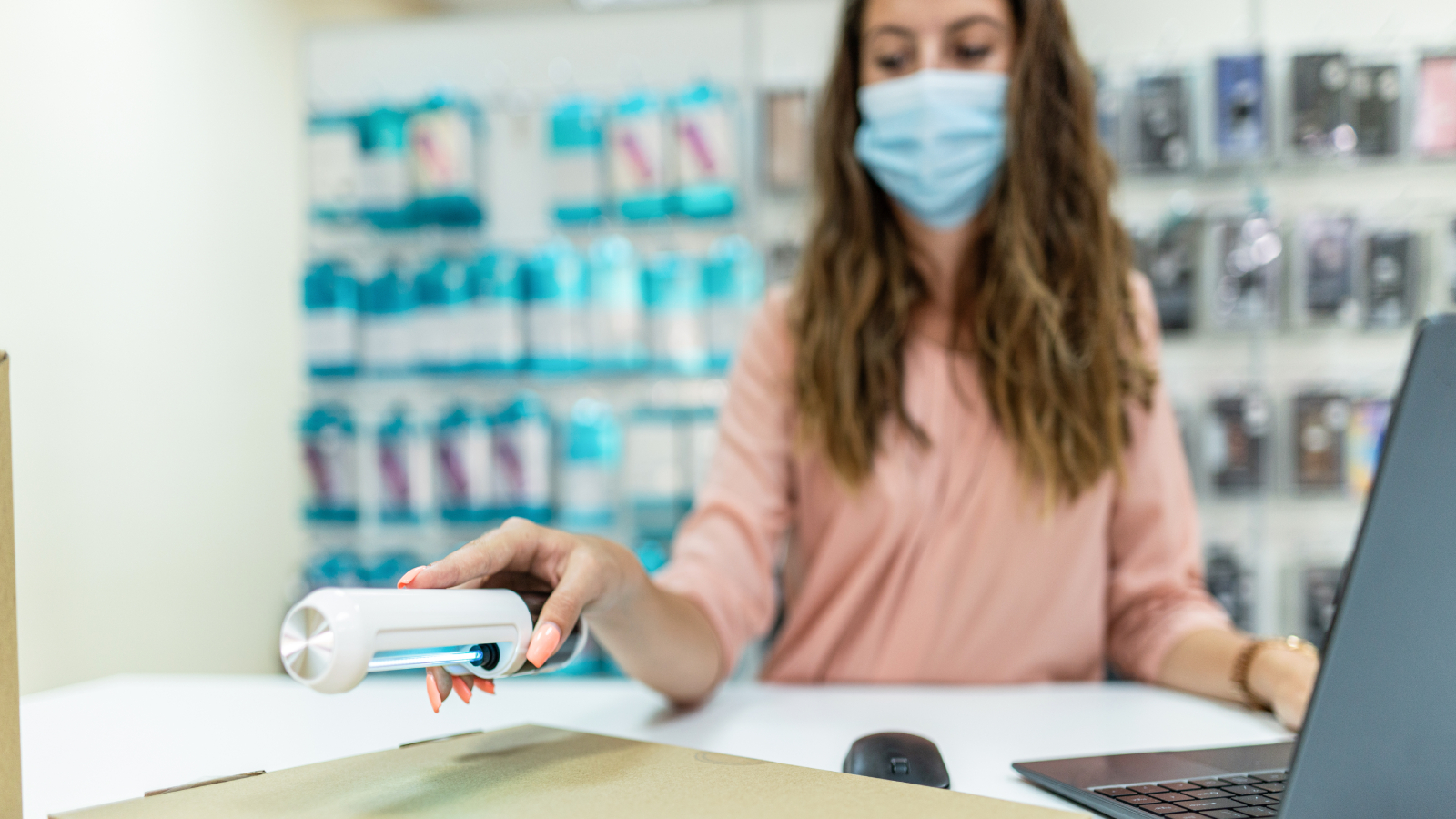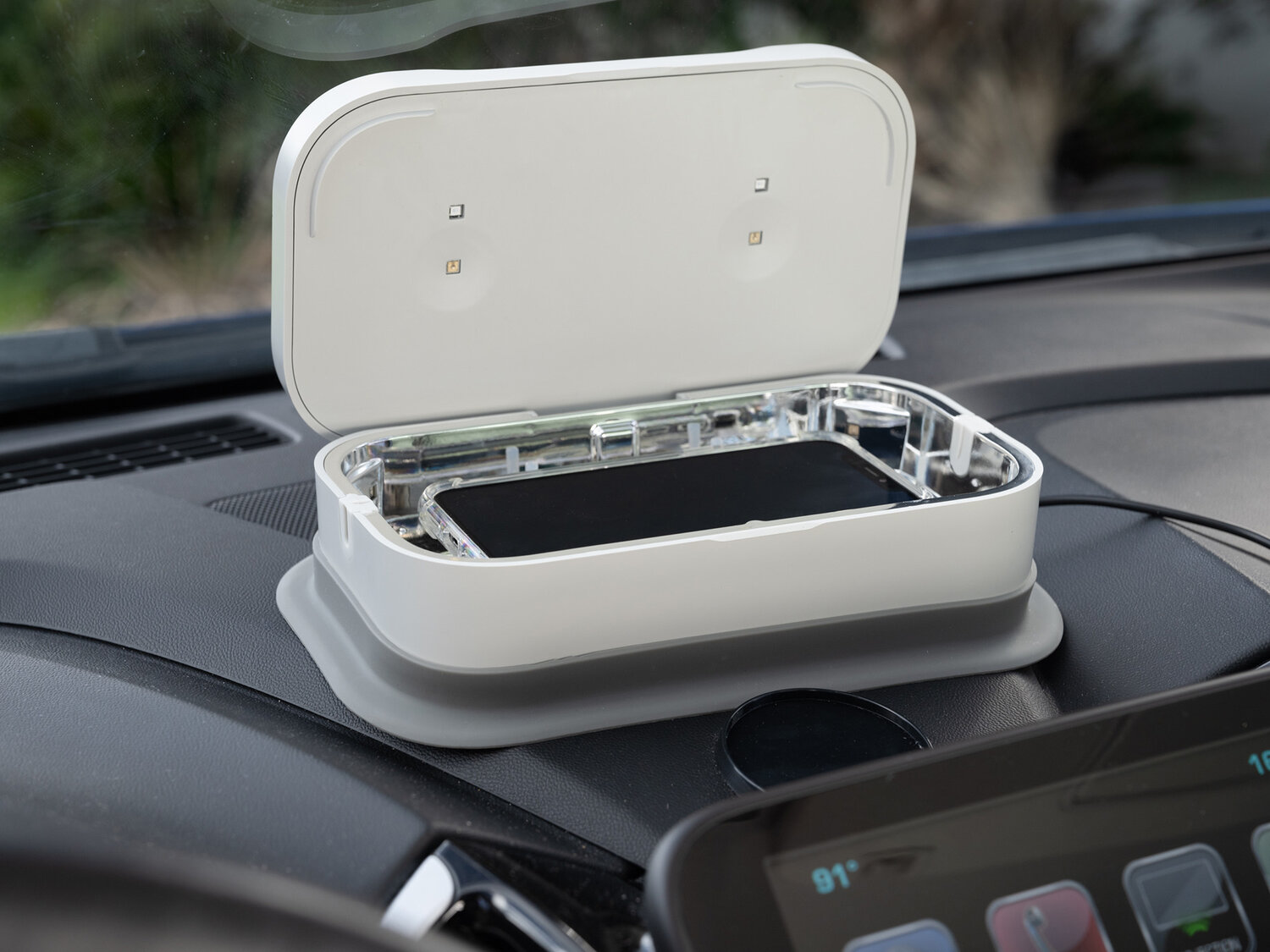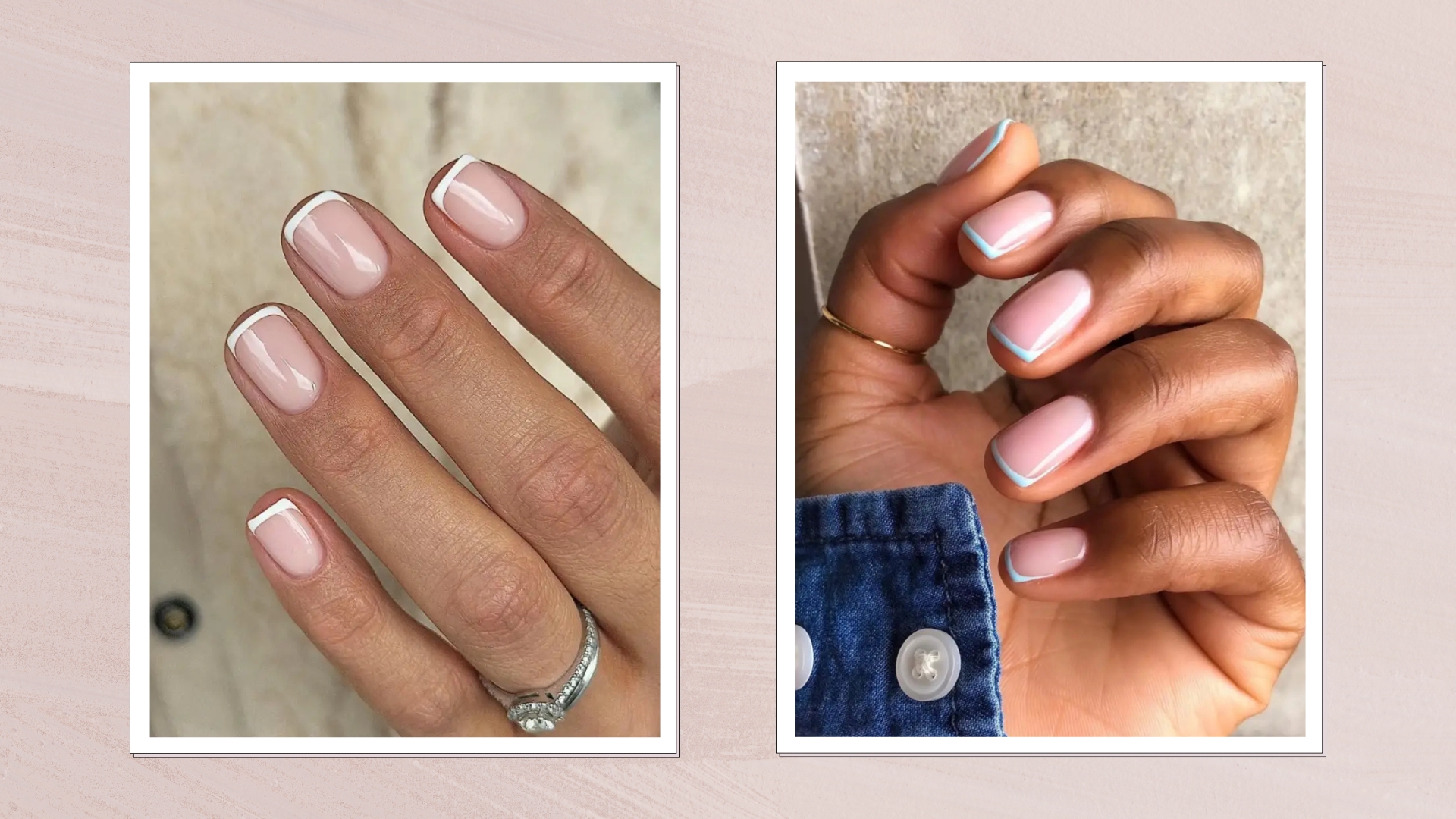How do UV light sanitizers work and do I need one?
UV light sanitizers are here to prove that harnessing the power of an invisible energy source could herald a new cleaning future

Until now we've equated thorough cleaning with visible results, from a buffed coffee table to a fingerprint-free fridge front. But UV light sanitizers are here to prove that harnessing the power of an invisible energy source could herald a new cleaning future.
Ultraviolet (UV) radiation has been used for decades to help kill bacteria and safely sanitise tools, products and equipment. You've probably spotted UV light sanitizers in settings as varied as the hospital operating room to your local nail salon.
But increasingly you'll also find UV light sanitizers closer to home, literally, with a number of homeowners adding them to their arsenal of cleaning implements. Just as we'd think nothing of investing in a top-of-the-range vacuum cleaner, or high-tech steam mop, in an effort to keep our homes clean and germ-free, we're now beginning to do the same for UV light sanitizers.
In fact one report revealed that the global UV sterilizer pouch market — used to disinfect common households items ranging from shavers to jewellery — was valued at $91.6 million in 2019 and is forecasted to grow at an annual rate of 10.4% between 2020 and 2027.
What are UV light sanitizers?
UV light sanitizers vary in size, shape and functionality, but all are essentially small tech devices that pulsate UV light to kill bacteria and viruses in any items they come into contact with, or that are in the surrounding atmosphere.
UV light sanitizers: how they banish bacteria
There are three types of UV radiation: UVA, UVB and UVC, classified according to their wavelength, which has a range of 100-400nm. And while the latter is the shortest of the three (I00-280nm), it's also the mightiest when it comes to its antimicrobial 'cleaning' power.
The World Health Organisation (WHO) outlines that 'short-wavelength UVC is the most damaging type of UV radiation', but also notes that 'shorter wavelength UV radiation is less able to penetrate the skin'.
Sign up for the woman&home newsletter
Sign up to our free daily email for the latest royal and entertainment news, interesting opinion, expert advice on styling and beauty trends, and no-nonsense guides to the health and wellness questions you want answered.
This combination is what makes UVC an ideal choice for use in UV light sanitizers. Firstly, it can penetrate surfaces just enough to target and damage the DNA in microorganism cells, effectively making them inactive. Secondly, it can be created (natural UVC is absorbed by the atmosphere in its entirety and never reaches Earth, so has to be manmade) at levels that are safe enough for humans.
UV light sanitizers: In the home
There are a number of common types of household UV light sanitizers, including the following:
UV sanitizer wands: These handheld UV sanitizers can be swept over items with smaller surfaces such as keyboards and doorknobs, to quickly kill bacteria.
UV germicidal light bulbs: Screwed into a standard light bulb fitting UV light bulbs kill potentially harmful microorganisms within a set range (m2) of the bulb.
UV sterilizer pouches/boxes: Sitting neatly on a bedroom dresser, or bathroom countertop, everyday items ranging from makeup brushes to toothbrushes can be placed inside UV sterilizer pouches/boxes to be safely disinfected.
UV light sanitizers: Mobile phones
UV light phone sanitizers are one growing area of the UV light sanitizer market. We touch our phones a staggering 2,167 times a day on average, so it's unsurprising that, like other surfaces, our constant tech companions are breeding grounds for bacteria. In fact in one study carried out by a team of scientists from the London School of Hygiene & Tropical Medicine and Queen Mary, University of London, revealed that 16 per cent of phones were found to harbour E. coli — often a by-product of not washing our hands properly during our frequent visits to the loo (eek!) — some strains of which can cause food poisoning and associated symptoms such as cramps and vomiting.
And while we're all accustomed to giving our kitchen countertops a regular spritz of anti-bac spray or wiping down door handles as part of our regular cleaning routines, it's rarely the same story for our mobiles phones. More often than not they can be found languishing at the bottom of our handbags or tucked into a corner of our glove compartments, getting the occasional once over with an alcohol wipe.
This is where UV light phone sanitizers come in. Dispensing with the need for wipes, water (which could be damaging to your phone) and any other cleaning implements — ticking one box for sustainability — they return your phone to the 'day one' clean, delivering maximum results for minimal effort.

The Utilimedic UV8LED phone sanitizer ($89.99), is just one example, killing 99.9 per cent of germs and bacteria in just 5 minutes it's housed in a lightweight, portable design that also features a built-in wireless charger. It's also roomy enough to accommodate other items such as face masks (particularly important during the pandemic), watches, eyeglasses, earbuds, IDs, keys, credit cards and more, so that these can be fully sanitised too.
Do I need a UV light sanitizer?
So is a UV light sanitizer the right choice for you? Overall, if you have a busy lifestyle and want that extra level of reassurance that all your key personal items, including phone surfaces, are hygienically clean, it could be something to consider adding to your virtual shopping basket.
Miriam worked for woman&home for over five years and previously worked on the women's lifestyle magazines Woman and Woman's Own.
-
 We're in awe of Sienna Miller's easy-going and 'piece-y' hairstyle and how perfect it is for spring
We're in awe of Sienna Miller's easy-going and 'piece-y' hairstyle and how perfect it is for springThis laid-back hairstyle is - quite literally - making waves this season
By Naomi Jamieson
-
 We never thought we'd see this 'dated' manicure make a chic comeback, but here it is - and we're on board
We never thought we'd see this 'dated' manicure make a chic comeback, but here it is - and we're on boardClean and angular, short square French tips are a go-to this season for a practical but stylish manicure...
By Naomi Jamieson
